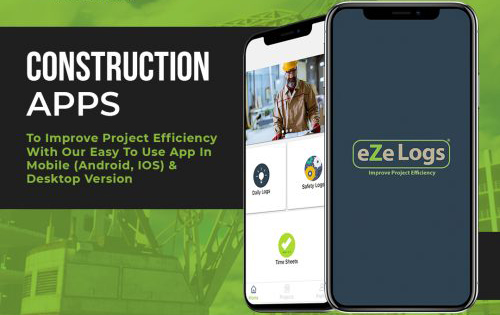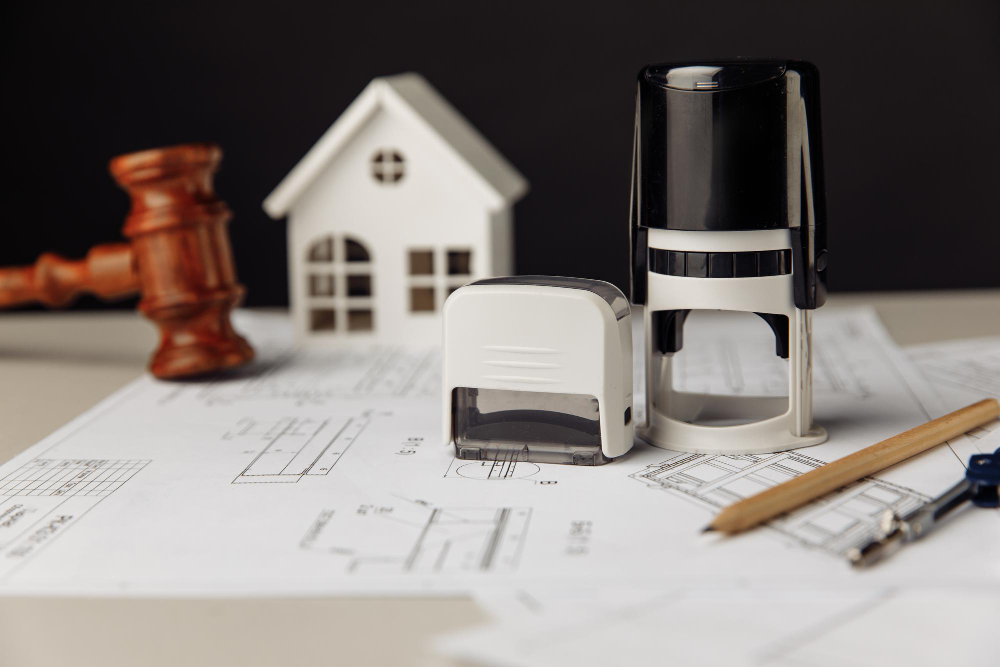In the construction industry, effective site management is critical to ensuring that projects are executed smoothly and efficiently. The success of a construction project depends not only on the quality of the materials used and the skill of the workers but also on how well the site is managed. Here are some best practices for site management that can lead to optimal project execution.

Planning and Pre-Construction Preparation
Before breaking ground, thorough planning and preparation are essential. This phase sets the foundation for the entire project and helps in identifying potential challenges early on.
- Conduct a Detailed Site Assessment: Begin with a comprehensive assessment of the construction site. Understand the terrain, soil conditions, weather patterns, and any other environmental factors that could impact the project. This assessment will guide the selection of appropriate construction methods and materials.
- Develop a Site Logistics Plan: A well-thought-out logistics plan is crucial for smooth operations. This includes planning the layout of the site, determining the placement of materials and equipment, and organizing access points for workers and vehicles. Efficient site logistics minimize delays and reduce the risk of accidents.
- Establish Clear Communication Channels: Effective communication is key to successful site management. Establish clear channels for communication between all stakeholders, including the project manager, site supervisors, subcontractors, and workers. Regular meetings and updates ensure everyone is on the same page and can address issues promptly.
Resource Management and Allocation
Managing resources effectively is vital for keeping the project on track and within budget. This includes everything from labor and materials to equipment and time.
- Efficient Material Management: Proper material management involves ordering the right quantities at the right time and storing them correctly on-site. Overordering can lead to waste, while underordering can cause delays. Implementing a just-in-time delivery system can help in maintaining the balance.
- Optimize Workforce Deployment: The workforce is one of the most significant resources on a construction site. Ensure that the right number of workers with the appropriate skills are assigned to each task. Avoid overstaffing, which can lead to inefficiencies, and understaffing, which can cause delays.
- Equipment Utilization: Construction equipment represents a significant investment, so it’s essential to utilize it effectively. Plan the use of equipment based on project phases, and ensure regular maintenance to avoid breakdowns that can halt progress.
Ensuring Safety and Compliance
Safety is paramount on any construction site. Not only is it a legal obligation, but it also directly impacts the productivity and morale of the workforce.
- Implement a Comprehensive Safety Program: A robust safety program is a cornerstone of effective site management. This program should include safety training for all workers, regular safety audits, and clear protocols for reporting and addressing hazards.
- Site Management for Compliance: Compliance with local regulations and industry standards is non-negotiable. Regularly review site practices to ensure they meet all legal requirements. This includes everything from worker safety protocols to environmental regulations.
- Personal Protective Equipment (PPE): Ensure that all workers have access to and are using the appropriate PPE for their tasks. This includes helmets, gloves, safety glasses, and high-visibility clothing. Regular checks should be conducted to ensure compliance.
Monitoring and Quality Control
Maintaining high standards of quality throughout the construction process is essential for delivering a successful project. Quality control should be integrated into every aspect of site management.
- Regular Inspections: Conduct regular inspections at various stages of the project to ensure that work is being carried out according to specifications. These inspections help in identifying defects early, allowing for timely corrections.
- Document Control: Maintain accurate and up-to-date documentation for all aspects of the project. This includes plans, contracts, permits, and inspection reports. Proper document control ensures that everyone is working with the most current information.
- Engage Skilled Supervisors: Having experienced supervisors on-site is crucial for maintaining quality standards. They are responsible for overseeing the work, providing guidance to workers, and ensuring that the project is progressing as planned.
Environmental Considerations
Construction projects can have a significant impact on the environment. Implementing environmentally friendly practices not only reduces this impact but can also enhance the project’s reputation.
- Implement Waste Management Plans: Develop and enforce a waste management plan that includes recycling and proper disposal of construction waste. Reducing waste not only benefits the environment but can also lead to cost savings.
- Minimize Environmental Impact: Take steps to minimize the environmental impact of the construction site. This could include using sustainable materials, reducing emissions from machinery, and protecting local wildlife habitats.
- Erosion and Sediment Control: Properly manage erosion and sediment to prevent environmental degradation. This might involve installing silt fences, stabilizing soil, and controlling water runoff.
Technology Integration in Site Management
The integration of technology in site management has revolutionized the construction industry, enabling more efficient and accurate project execution.
- Use of Construction Management Software: Modern construction management software provides tools for scheduling, budgeting, and communication. These platforms allow for real-time updates, making it easier to manage large and complex projects.
- Drones for Site Surveys: Drones have become invaluable for site surveys and monitoring. They provide aerial views of the site, making it easier to assess progress, inspect hard-to-reach areas, and identify potential issues.
- Building Information Modeling (BIM): BIM technology allows for the creation of detailed 3D models of the project, which can be used for planning, design, and construction. It helps in identifying clashes and coordinating different aspects of the project more effectively.
Continuous Improvement in Site Management
Effective site management is not static; it requires continuous improvement to adapt to new challenges and opportunities.
- Conduct Post-Project Reviews: After the completion of a project, conduct a thorough review to identify what went well and what could be improved. These lessons learned can be applied to future projects to enhance site management practices.
- Invest in Training and Development: Ongoing training and development for site managers and workers ensure that they are equipped with the latest skills and knowledge. This investment pays off in the form of more efficient and effective site management.
- Embrace Innovation: Stay open to new technologies, methods, and ideas that can improve site management. Whether it’s adopting new software, trying out advanced materials, or implementing innovative construction techniques, embracing change is key to staying competitive.
By adhering to these site management best practices, construction managers can ensure that their projects are executed efficiently, safely, and to the highest standards of quality.


